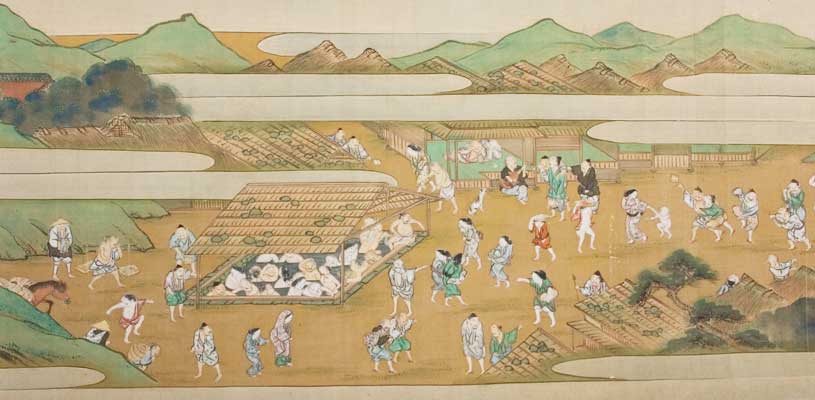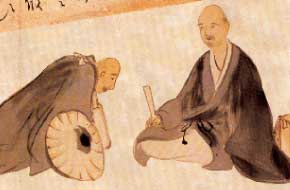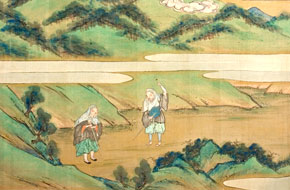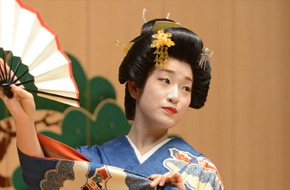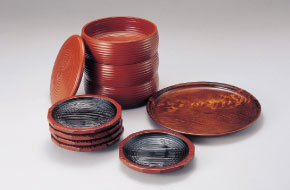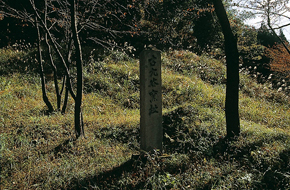Origin of Yamanaka-bushi
Yamanaka-bushi is said to have been influenced by the the influx of visitors from the Kitamaebune shipping routes of the Edo and Meiji Periods. Ships would travel up and down the Sea of Japan coast on these trading routes making stops in various port areas. In the winter season, when the seas would get too rough to set sail on, many of the traders would stay in Yamanaka Onsen and rest.
At that time, there were no indoor bathhouses and there was only one large outdoor communal bath. For that reason, the various inns around the area would send serving girls referred to as "Yukabeh" to accompany the guests to the baths and watch over their clothes while they bathed.
The travelers would sing while they bathed, and the Yukabeh girls would join in with their own local phrases and melodies; this is said to be the origin of the Yamanaka-bushi folk song.
However, the words and melody to Yamanaka-bushi were not standardized until the Showa Era, when a geisha named Yonehachi popularized her version of the lyrics and melody. The version of the song that is sung today is called "Seicho Yamanaka-bushi".
